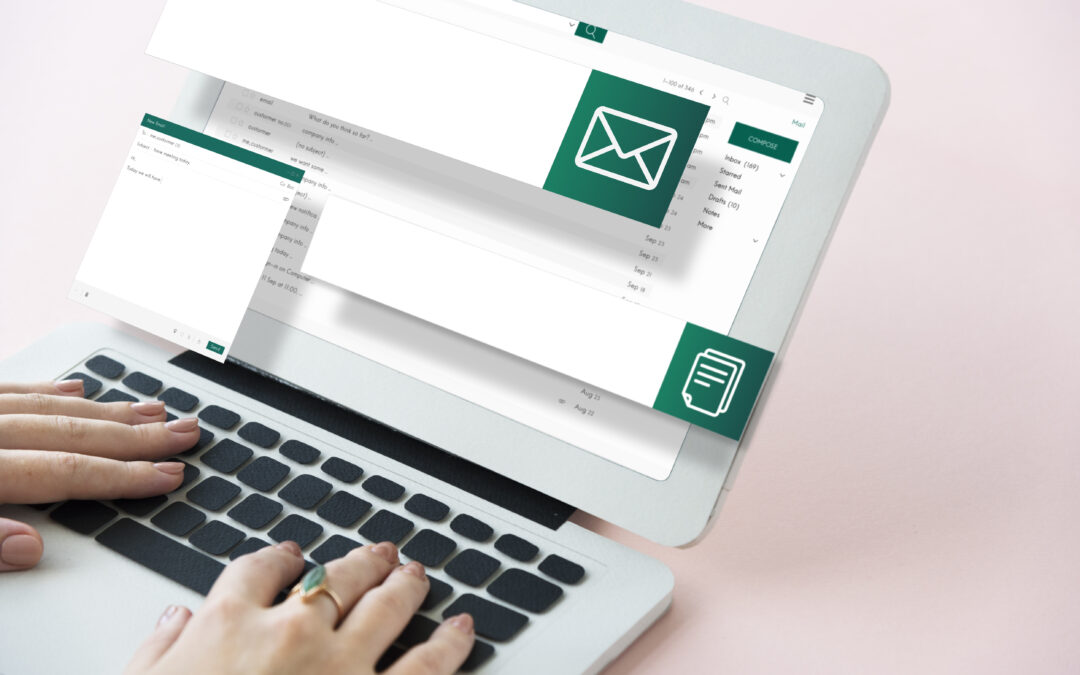Writing emails that convert is both an art and a science. A powerful call to action (CTA) turns a passive reader into an active customer. Whether you’re selling a product, promoting a blog, or building a subscriber list, your CTA can make or break your campaign. In this comprehensive guide, you’ll learn how to write CTAs that drive real results.
What Is a Call to Action in Emails?
A call to action is a line or button in your email prompting the reader to take a specific action. That could mean “Shop Now,” “Download the Guide,” “Sign Up,” or even “Learn More.” It must be clear, compelling, and easy to follow.
Why CTAs Matter in Email Marketing
CTAs are the bridge between interest and action. Without them, your email becomes a dead-end. CTAs guide readers, help measure campaign success, and increase conversions. According to Campaign Monitor, emails with a single, strong CTA can increase clicks by over 371%.
Crafting the Perfect Email CTA
1. Know Your Audience
Before writing anything, understand your target reader. Use segmentation to deliver personalized CTAs. What does your reader want? What problems do they need solved? Your CTA must reflect that understanding.
Example: Instead of “Buy Now,” use “Get My Personalized Plan.”
2. Use Action-Oriented Words
Start your CTA with a strong verb. Use words like Get, Start, Claim, Download, Book, Join, or Try. These verbs spark urgency and action.
Avoid vague phrases like “Click Here” or “Check It Out.” Instead, try “Start Your Free Trial” or “Download the Free Checklist.”
3. Make It Benefit-Focused
People care about what’s in it for them. Your CTA should answer that.
Example:
Bad CTA: “Submit”
Good CTA: “Get My Free Template”
Keep it focused on value and outcome.
4. Keep It Short and Sweet
CTAs should be 5–7 words max. Shorter CTAs are easier to process and more clickable. Emails are scanned, not read in full—brevity wins.
CTA Placement: Where Should You Put It?
1. Above the Fold
Put a CTA near the top of your email so it’s visible without scrolling. This helps readers who don’t want to read the entire message.
2. After the Pitch
Once you explain your offer, add another CTA. Readers who read your pitch are more likely to convert.
3. In the Signature
A soft CTA in your email signature can boost engagement subtly. Something like, “Let’s connect on LinkedIn” can spark action without being salesy.
Types of Email CTAs You Should Use
1. Button CTAs
Use HTML buttons that stand out visually. Ensure they are mobile-responsive and clickable.
2. Text Link CTAs
Sometimes less intrusive, text links blend with the email body and work well for informational content or newsletters.
3. Image CTAs
You can embed a CTA into an image, like a banner. Be careful: if the image fails to load, the CTA disappears. Always add alt-text.
Best Practices for Writing Email CTAs
1. Use Urgency and Scarcity
People respond to time-sensitive offers.
Examples:
-
“Claim Your Spot—Only 5 Left”
-
“Offer Ends Tonight!”
Just don’t overdo it. False urgency breaks trust.
2. Create Visual Hierarchy
Design your CTA so it stands out. Use contrasting colors, white space, and larger fonts to highlight it.
3. A/B Test Your CTAs
Test different CTA versions to see what works. Try variations in wording, color, size, and placement.
Use tools like Mailchimp, ActiveCampaign, or ConvertKit to track performance.
Examples of High-Converting CTAs
E-commerce
-
“Get 15% Off Now”
-
“Shop the New Collection”
SaaS/Tech
-
“Start Your Free Trial”
-
“Schedule a Demo”
Coaching/Consulting
-
“Book Your Free Call”
-
“Download Your Roadmap”
Content Creators
-
“Watch the Video”
-
“Grab the Free eBook”
Mistakes to Avoid With CTAs
-
Too Many CTAs: Stick to one CTA per email when possible.
-
Weak Language: Don’t use passive or uncertain language.
-
Cluttered Design: Keep your CTA visible and uncluttered.
-
Lack of Testing: Always test your CTA performance.
-
No Follow-Up: Remind subscribers with follow-up emails.
The Psychology Behind Effective CTAs
Understanding how people think helps craft better CTAs. Use these psychological triggers:
1. FOMO (Fear of Missing Out)
Nobody wants to be left out. Trigger urgency.
Example: “Don’t Miss Out—Register Now!”
2. Social Proof
Mention how others are taking action.
Example: “Join 10,000+ Happy Subscribers”
3. Personalization
Use the reader’s name or behavior.
Example: “John, Download Your Free Checklist”
Optimizing for Mobile Devices
Over 60% of emails are opened on mobile. Make sure your CTAs:
-
Are tap-friendly
-
Use large buttons
-
Load quickly
-
Have short, clear copy
Tools like Litmus can help test how emails appear on mobile.
Tools to Improve Your CTA Strategy
Here are tools to help optimize your CTA performance:
-
Mailchimp – Email campaigns and A/B testing
-
HubSpot – Marketing automation and smart CTAs
-
OptinMonster – Popups and lead-gen CTAs
-
Unbounce – Landing pages with built-in CTA testing
-
Google Optimize – Simple A/B testing and analytics
CTA Copy Examples You Can Steal
| Purpose | CTA Example |
|---|---|
| Lead Magnet | Download the Free Guide |
| Event | Reserve My Seat |
| Product | Get 30% Off Today |
| Blog | Read the Full Article |
| App | Install the App Now |
Conclusion: Make Every Word Count
Your email’s call to action should inspire clicks, not confusion. Be clear, concise, and compelling. Use action verbs. Focus on benefits. Test what works. CTAs are small in size, but massive in impact.
Keep it simple. Keep it powerful. Drive results—one click at a time.














